One of the most likable cameras I recently acquired, for a retro digital review on the CCD Resurgence series, is the Fujifilm BigJob HD-3W, a 6MP CCD ruggedized all-weather digital camera built for the construction industry. The Big Job range, initially available only for the Japanese domestic market, was later introduced to Europe in 2007. The camera's functionalities reminisce the equally ruggedized all-weather Fuji Work Record 35mm film camera series from 1993.
The camera, a plain and boxy brickbat, comes with a 3x wide-angle Fujinon 4.7-14.1 (28-84mm equivalent) lens, has a shutter speed range from 2 to 1/2000 second, a 3-inch LCD with reinforced glass coating, hotshoe, ISO 1600 capability, and a body that is water, shock and dustproof. Operation of the autoexposure camera is made simple with easy access buttons, mode dial, and menu systems that are accessible even for users with gloves.
The BigJob HD-3W was credited with two world firsts, a Detection Manipulation feature that highlights any tampering to images after the photo has been taken (via viewer software on a computer), and a CALS mode that shoots images at 1MP, for attaching and distribution via email. The camera is also programmed with a Shot Date function, making it functionally useful for monitoring and reporting work progress, insurance, and forensic applications.
For the enthusiast photographer, the 28-84mm equivalent lens and ruggedized body of the BigJob HD-3W is equally suitable to the rough and tough outdoors, making it a potentially robust and well-liked pickup for other outdoor professionals, adventure-orientated activities, and general photography.
Basic Camera Features
Externally, the BigJob HD-3W is a rather plain rectangular brickbat. The lens housing mount on the front plane is almost to the right edge of the camera body, encased behind a red-lined rubberized cowling with a flash port on its upper section. A Red LED indicator and a microphone port line up vertically to the left of it, and on the far left (as seen from the front) is the cylindrical battery chamber/hand grip.
From the top, in line with the lens mount housing is the hot shoe, and to the right, the Mode Dial, the Red Power On/Off button, and forward to it, the Shutter Release. The Mode Dial is configured for Auto (the BigJob HD-3W does not have PASM modes), Manual (where you can manually adjust the ISO and Exposure Compensation), Scene Position (with selection for Portrait, Landscape, Sport, Night, and Text), Movie, and CALS.
On the back of the camera is the 3-inch LCD screen, located to the left of the body, and to its right, a vertical arrangement of the Zoom Rocker, Playback, the Cursor Button jockey, and Display / Back buttons. On the center of the Cursor Button jockey is the Menu / OK button.
The bottom plane of the BigJob HD-3W carries only the Tripod Socket and the Battery Chamber / XD Card slot cover, with a press-the-button and slide-outward sequence to release the latch lack. The camera requires 2x AA batteries to power its functions.
The camera's left shoulder (looking from the back) has an AV/Out and a DC In 3V ports under a secure flap.
First Take
Once I installed a set of 2x AA batteries and an XD memory card, the camera started to function well enough for me to take a few initial test shots. This was instant gratification, as I had already liked the camera.
However, not having access to any form of instruction manual means that I am using the camera blindly, relying only on what I already know about how compact digital cameras operate and the range of functions and settings normally associated with their use.
Film Emulation Mode
One of the BigJob's Shooting Menu options is a three-item film emulation mode. This setting allows a choice between Standard, F-Chrome, and F-B&W, with the two later items displayed as film roll icons.
I did a test run with the options, and the images are as displayed above, cropped to 16:9. This is interesting, as these images will add to the camera's valuation.
Shooting Modes
Exposure modes selectable from the Mode Dial of the BigJob HD-3W are, as far as I can ascertain (without the help of the instruction manual):
- CALS - The option for shooting 1MP images for easy e-mail transfer.
- Auto (Red Camera Icon) - The main autoexposure shooting mode, ISO speed is Auto.
- Manual (M with Camera Icon) - Mode where you adjust the ISO speed (Auto, 1600, 800, 400, 100, and 64) and Exposure Compensation setting.
- SP (Scene Position) - Options for you to shoot in Portrait, Landscape, Sport, Night, and Text.
- Movie (Movie Camera Icon) - Put the camera in movie standby mode.
Joystick Cursor
The Joystick Cursor, located on the back of the camera, is UAE to access the following camera function and setting mode:
- Top - The top cursor activates a lamp icon which increases exposure compensation by one stop (?). In Display mode, the cursor activates the image delete option.
- Right - The right cursor cycles the Flash mode selection between 10M flash distance, External Flash, Auto, Red Eue Reduction, Forced Flash, and Suppressed Flash settings. In Display mode, the cursor activates image rotation to the right.
- Left—The left cursor activates the camera's Macro distance settings: Macro, 2.5M, 5.0 M, and Off. In Display mode, the cursor also activates image rotation to the left.
- Bottom—The bottom cursor activates the date and time record function: With Date and Time, With Date (Without Time), and Without Date. The cursor is inactive in Display mode.
- Center Button - The center Menu/OK button activates the Shooting Menu selection, and in Display mode, the button activates the Playback menu selection.
The camera is powered by a pair of AA batteries, weighs 440 grams (with batteries) on my kitchen scale, and requires an XD card for image storage.
Images, as you see, are excellent, and worth their weight for a camera that is easily available at the lower end of the price spectrum on the auction market. It will not cost you an arm or leg, and it is tough and ready for the outdoors and other recreational activities you may have planned. Strictly for the CCD enthusiast.




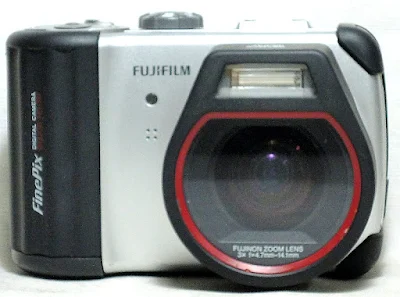

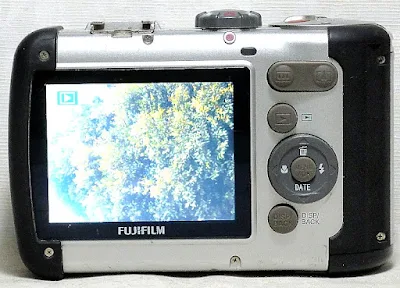


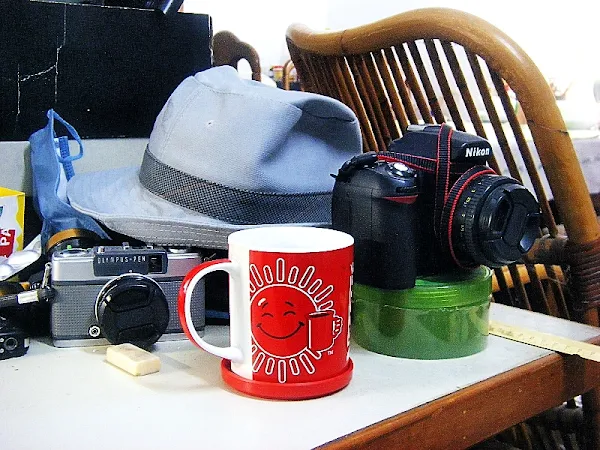
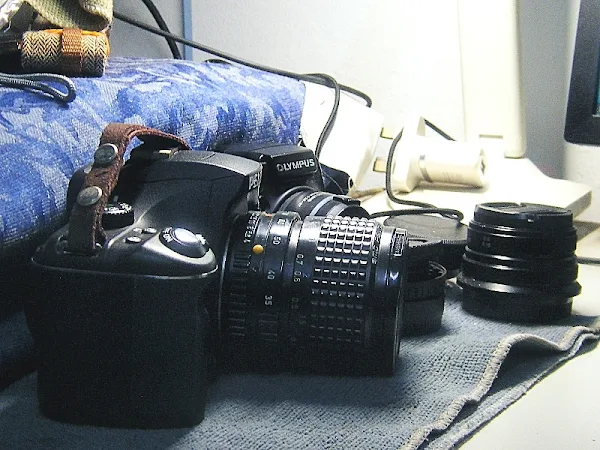
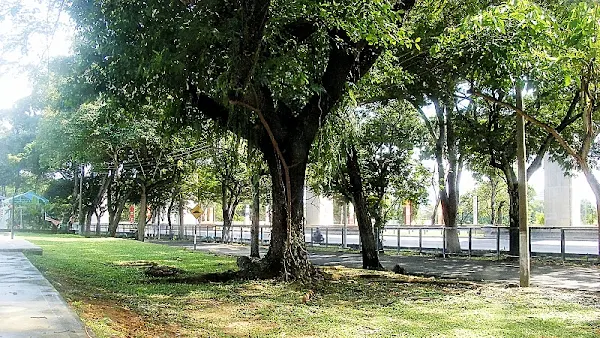
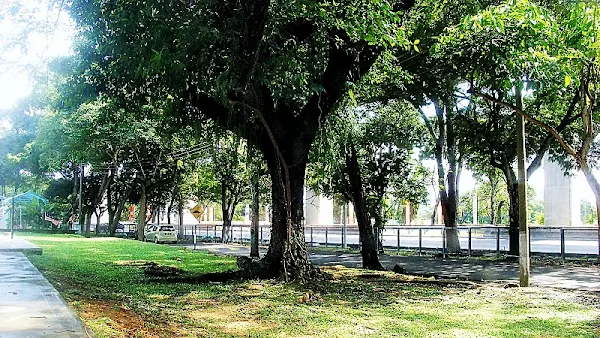

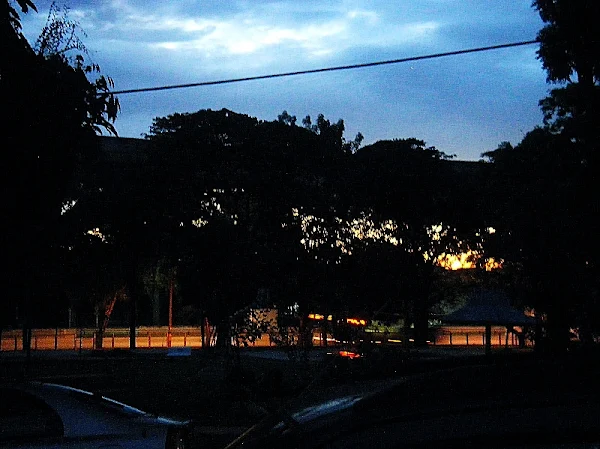

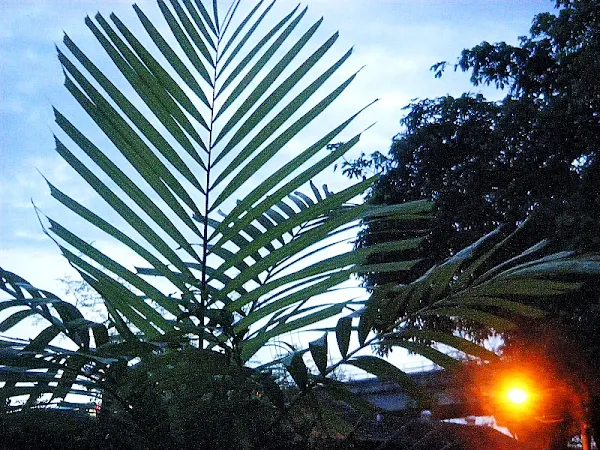















No comments:
Post a Comment